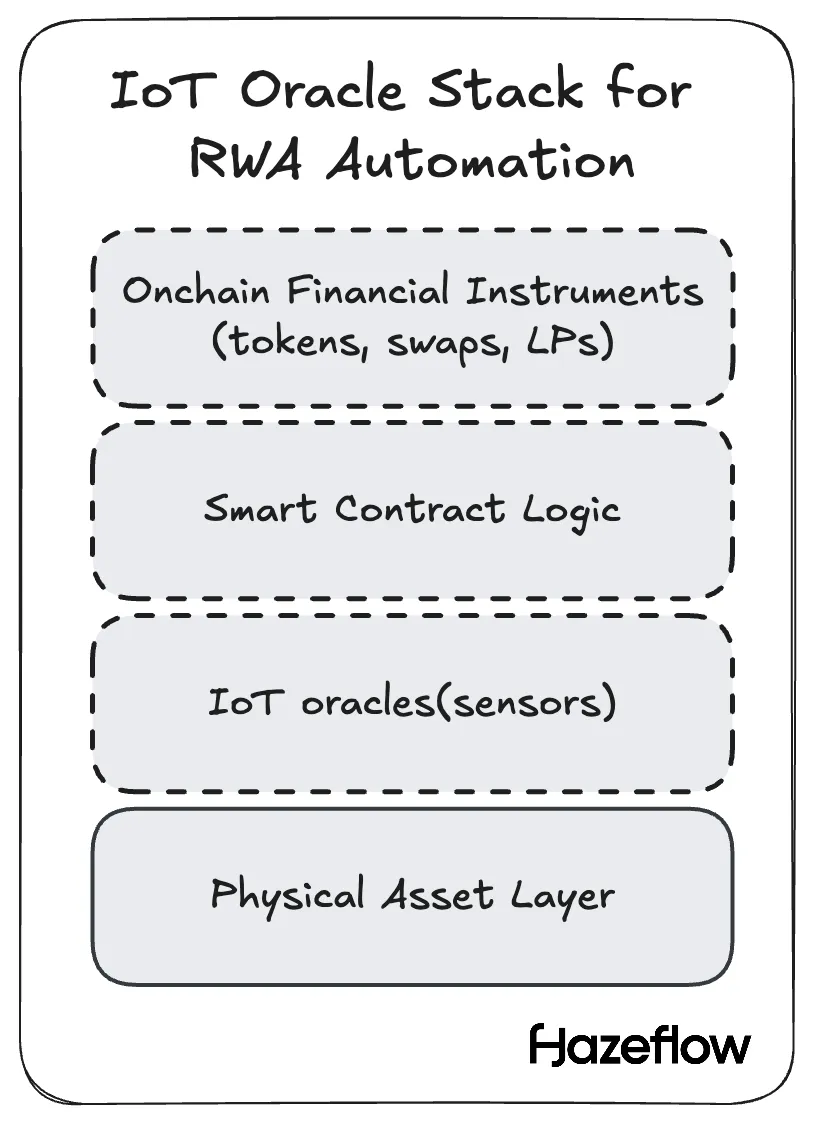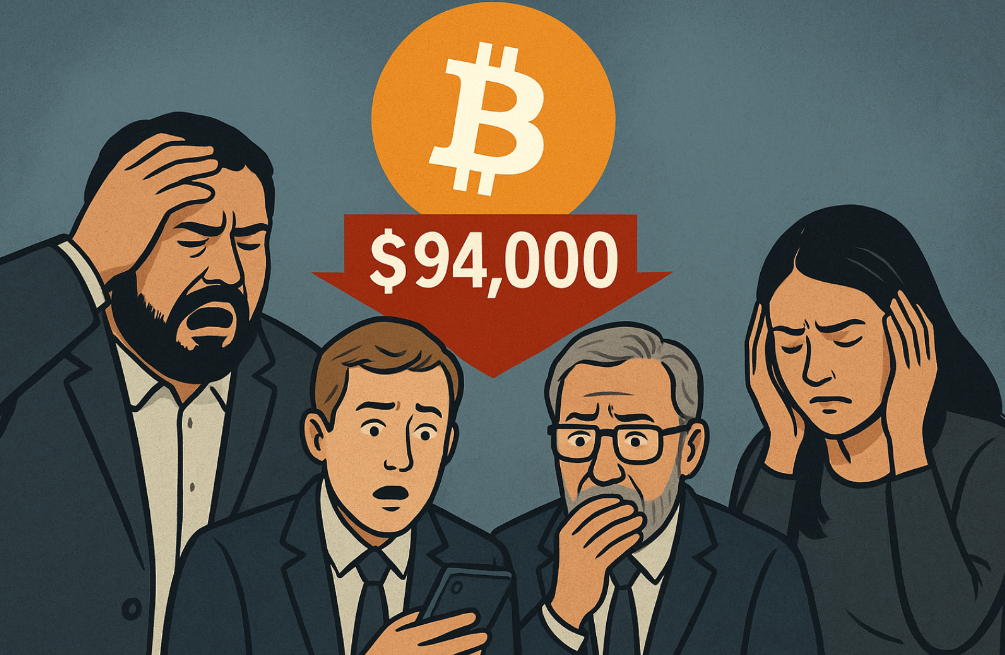Written by: Hazeflow
Translated by: Glendon, Techub News
Tokenizing real-world assets (RWAs) has become a buzzword on Wall Street and in the cryptocurrency space. Despite the media's overwhelming reports of "tokenized assets" reaching scales of billions of dollars, the reality is that the actual trading volume of on-chain RWAs remains limited, currently around $17 billion (this figure does not include stablecoins, which have reached about $300 billion). These numbers may seem low, and there is debate about static/undeployed RWA capital, with the actual scale potentially being larger, with higher estimates around $36 billion. However, even the flagship category of tokenization, "tokenized U.S. Treasury bonds," manages only a few billion dollars in assets, while the traditional Treasury market is about $20 trillion.
These statistics do not negate the prospects for tokenization's development but highlight that the industry is still in its early stages.
Currently, most institutional RWA products focus on "narrow" and common types of securities (such as high-grade bonds, funds, money market equivalents, etc.), which only represent a small fraction of the value of the hundreds of billions of dollars in real-world assets. However, all major asset management firms predict that by 2028, the scale of tokenized RWAs will significantly grow to between $2 trillion and $16 trillion.
Current Limitations of RWAs on Blockchain
So far, most tokenization efforts have concentrated on simple financial products because they have clear legal frameworks and existing markets. However, these common assets only account for a small portion of global wealth. The real world is vast, and true opportunities exist in various tangible and complex assets, such as:
Real Estate: Commercial, residential, and agricultural properties.
Infrastructure: Toll roads, bridges, airports, power plants, etc.
Commodities and Natural Resources: Crops, oil and gas, minerals, timber.
Equipment and Inventory: Industrial machinery, vehicles, shipping containers.
Intellectual Property (IP) and Contracts: Patents, music or film royalties, long-term service agreements.
Collectibles and Luxury Goods: Artwork, classic cars, wine collections.
Environmental Assets: Carbon credits, water rights, renewable energy certificates.
Each category contains trillions of dollars in potential value, but most remain illiquid, opaque, and unable to be priced in real-time. The fundamental issue is that they cannot currently be presented in a continuous, machine-verifiable data format.
Unlike financial securities (which are digitized throughout their lifecycle and can be deployed on the blockchain using oracles like Chainlink), these assets operate in the real world, and their status (output, utilization, location, condition) is either unrecorded or trapped in isolated systems. Without reliable structured telemetry data streams, the blockchain cannot assess or execute the underlying economic rights of such assets. In short, assets that cannot be quantified cannot be tokenized.
This is where IoT oracles come into play.
Oracle 2.0
Real-world assets (RWAs) rely on objective facts, and the blockchain itself cannot execute contracts without reliable off-chain data. Traditional finance relies on legal and custodial intermediaries (auditors, inspectors, custodians) to verify matters such as rent payments, production milestones, or collateral status.
On-chain RWAs must replace these guarantees with code, meaning they need a trustworthy bridge to the real world.
By embedding sensors, meters, and smart devices directly into the physical environment, IoT oracles will convert real-world activities into trusted, certified real-time data streams for the blockchain.
IoT oracles will stream almost all measurable data: uptime, crop moisture, GPS location, or energy output, which can be transmitted, hashed, and verified on-chain, enabling smart contracts to automatically trigger payments, insurance settlements, or ownership transfers.

By continuously feeding verified metrics into the code, they will transform static assets into programmable digital token assets that evolve, appreciate, or fulfill obligations as real-world conditions change.
In short, any asset that can be continuously monitored can enter the on-chain world, and once achieved, the market can begin to price and trade its performance directly, laying the groundwork for the next wave of financial innovation.
Creating New Markets with Real-World Data
One of the most powerful impacts of IoT oracles is that any measurable event can become a tradable data point. By publishing real-world data to the blockchain, entirely new markets can emerge.
For example:
In healthcare: If hospital bed availability, equipment usage, and surgery prices are input in real-time to on-chain oracles, parties can arbitrage cost differences across regions, book underutilized resources in real-time, or create insurance pools around usage metrics.
In agriculture: IoT-verified crop yields or weather data can support new futures or insurance contracts.
In manufacturing and logistics: Machine uptime or container locations can be tokenized into securities linked to revenue.
In energy: Continuous telemetry data from solar power plants or the grid can drive dynamic electricity trading markets.
In each case, a previously hidden or isolated physical event becomes a financial primitive.
Composability in Finance
Once assets are tokenized and verifiable on-chain, they become the building blocks for creating entirely new financial products. Smart contracts do not care whether a token represents Bitcoin or a barrel of oil; they can combine various different assets into complex structures. Imagine a permissionless environment where anyone can:
Use tokenized GPU computing leases as collateral to hedge against rising AI training costs.
Go long or short on IoT-related weather derivatives, such as betting on rainfall for crop insurance.
Exchange Bitcoin (or stablecoins) for tokenized pension fund cash flows or other income streams, trading them as a whole.
These cross-asset products are difficult to achieve in traditional finance due to data silos and differing regulations, but on-chain protocols make it simple. IoT oracles provide the necessary connective tissue: by verifying the performance of each asset in real-time, these diverse RWA tokens can interact under institutional-grade conditions.
The emergence of decentralized sensor networks (often referred to as DePIN, or decentralized physical infrastructure networks) has laid the groundwork for IoT oracle-driven markets. Projects like IoTeX, Helium, Chirp, WeatherXM, Geodnet, and DIMO demonstrate how physical data collection itself can achieve decentralized verification and rewards on-chain. Each network focuses on different sensor verticals, such as connectivity, mobility, environmental data, or geolocation, but they all share a common architecture: individuals deploy sensors or gateways, transmit verified data streams to the network, and earn tokens by contributing to the shared data layer.
In practice, these systems turn the world into a living oracle, where data such as location information, temperature readings, and energy outputs flow directly into digital markets. As these networks mature, they will provide the infrastructure for AI and autonomous agents, with over 99% of internet traffic in the future being used by AI and autonomous agents to obtain trustless real-time data from the physical world and trade on-chain without human intermediaries, forming the true foundation of the upcoming machine economy.
Future Prospects
The ultimate evolution of tokenization will merge physical assets, IoT devices, and programmable contracts into a single real-time economy, where every measurable activity becomes a financial signal. Here are some examples:
Pay-per-use and the Machine Economy
Businesses will no longer directly purchase machines but will lease them through blockchain contracts that measure usage directly via IoT sensors.
A CNC machine or solar inverter can transmit data streams to a smart contract that calculates uptime and automatically settles payments in stablecoins. The vendor retains ownership, and the user only pays for the actual consumption.
The Rise of Electricity, Bandwidth, and Intangible DePINs
Among all industries, the electricity sector is the most mature in applying this system. Electricity is an intangible asset that has been digitized and measured through smart meters. IoT oracles can input this data into blockchain systems, enabling micro-settlements, demand response auctions, or decentralized energy trading.
Similar logic also supports networks like Helium, where bandwidth (another intangible resource) is tokenized. However, trading of derivatives like electricity futures or price hedges is still primarily conducted off-chain. As data reliability improves, these high-value derivatives markets will migrate on-chain, creating transparent, composable hedging and yield tools.
Tokenized Service Contracts and Automated Execution
In addition to goods and energy, services themselves can also be tokenized. Construction projects, cloud computing leases, or data center GPU rentals can all be represented by tokens, with cash flows dependent on IoT-verified milestone events. Smart contracts can gradually release funds based on oracle-confirmed task completion. The execution method also shifts from manual to algorithmic: unpaid amounts can trigger automatic collateral seizure or disablement of IoT-connected devices, similar to the remote shutdown switches on vehicles today, but all operations are transparently executed on-chain.
Auditing and compliance will also become autonomous: every data stream feed will leave an immutable trace, enabling real-time ESG or regulatory proof without manual documentation.
Conclusion: From Passive Assets to Programmable Assets
Tokenizing real-world assets is just the first step. To truly unlock their value, these digital tokens must possess programmability and be responsive to the real world. The IoT-driven oracle infrastructure is the bridge connecting on-chain assets to the real world. By continuously providing trusted real-time data, oracles will anchor digital tokens to reality, enabling automatic payments, dynamic pricing, embedded compliance, and cross-asset DeFi.
For institutions, the conclusion is clear: platforms that can build a rock-solid IoT oracle layer will have the advantage, as this infrastructure will determine whether we can truly unlock trillions of dollars in real-world value through code.
The real world is full of value, but liquidity can only be achieved when it becomes visible and verifiable, and IoT oracles can make that leap. The next stage of global finance will depend on whether assets can truly achieve programmability and interoperability, with real-world data at their core. Without this foundation, the promise of on-chain RWAs will remain out of reach.
免责声明:本文章仅代表作者个人观点,不代表本平台的立场和观点。本文章仅供信息分享,不构成对任何人的任何投资建议。用户与作者之间的任何争议,与本平台无关。如网页中刊载的文章或图片涉及侵权,请提供相关的权利证明和身份证明发送邮件到support@aicoin.com,本平台相关工作人员将会进行核查。




